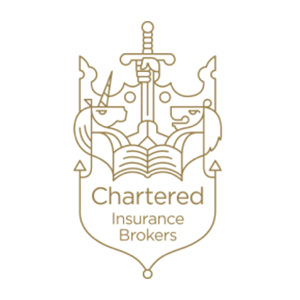It has been widely reported in the UK press about high levels of insurance-related fraud, particularly concerning motor claims.
Motor insurance fraud refers to dishonest or deceptive activity related to motor insurance policies.
This type of fraud is when an individual or organised crime syndicate looks to gain financially from an individual, business, or insurer. Fraudulent claims aren’t always perpetrated by organised crime gangs – it could be an opportunistic fraud by individuals who wrongly see motor fraud as a victimless crime.
The Association of British Insurers (ABI) reported that in 2022, insurers detected 72,600 dishonest insurance claims valued at £1.1 billion, and it is estimated a similar amount goes undetected each year.
The RAC states that false crash claims, fronting, failing to declare changes in circumstances, vehicle dumping, and failing to declare modifications are some of the most common types of car insurance fraud.
Andrew Taylor, Claims Division Director for Griffiths & Armour, highlights below the different forms of motor insurance fraud and some of the key issues and challenges faced by insurers and policyholders.
Some of the most common car insurance scams include:
Contrived accidents: Faking accidents that never occurred, often supported by false documents.
Fabricated injuries: Exaggerating or completely falsifying injuries resulting from a crash to seek compensation. Criminals can also be quite audacious with the methods they use to try and seek compensation from insurers. We have seen individuals throw themselves onto the bonnet of a car, or in some cases, electric scooters are driven into vehicles at junctions and traffic lights, this is followed by an injury claim. Gangs mainly target vehicles without cameras and delay reporting any incident for some time to reduce the insurer’s ability to defend such allegations.
Flash for cash: Inducing collisions by flashing lights at unsuspecting drivers and then crashing into them. Similarly, ‘slam on claims’ is another method used when the car in front slows or drives inconsistently and then without warning brakes hard (slams on) causing the crash.
Ghost brokers: Individuals pretending to be a legitimate insurance broker to sell fraudulent policies at lower prices. Often, the unsuspecting business or individual is duped into believing they have purchased insurance and have the legally required cover to drive on UK roads, and sufficient cover to protect their vehicle. Many don’t discover the fraud until they are pulled over by the police or have cause to make a claim. The consequences of this can be severe and could result in prosecution by the Police, and the possibility of your vehicle being seized and crushed.
Induced accidents: Deliberately causing accidents by targeting innocent drivers, often involving multiple vehicles. A common example of this is when two vehicles pull in front of a vehicle and the first breaks suddenly and then accelerates away while the second fraudster slams on causing the innocent motorist to run into the back of them.
Phantom hire: Submitting false invoices for hire cars that were not used or for a more expensive vehicle than was actually hired.
Phantom passengers: Submitting fake injury claims from individuals who claim to have been in the vehicle during the accident from both genuine and staged incidents.
Vehicle dumping: Falsely reporting a vehicle as stolen when the owner has arranged for its removal to create the appearance of theft. In some cases, the vehicle is deliberately damaged or set on fire.
What is the insurance industry doing to detect and counter motor fraud?
It is estimated the insurance industry spends over £200m each year on identifying and preventing fraud.
Within the industry, the Insurance Fraud Bureau (IFB) investigates organised fraud and works closely with a specialist division of the police focusing solely on motor fraud. The Insurance Fraud Register (IFR) is used industry-wide to log known fraudsters and allow insurers to identify them in the event of a claim or prevent them from purchasing insurance in the first place.
Technological advancements, including the rise of artificial intelligence, allow insurers to cross-reference data from multiple sources to identify previous claims, links to other people or businesses, and alert claims handlers within insurers of any suspicious details or activity.
How can I protect against motor insurance fraud?
- Always purchase cover from a reputable regulated insurance broker or insurer
- In the event of an accident gather as much detail as possible, such as photographs of the scene, damage to the vehicles involved, and make a note of the number of passengers in the other vehicle
- Notify any claim or incident as soon as possible to your insurer to allow them to protect your position
- Consider installing front and rear-facing cameras in vehicles
- Work closely with your risk management provider to ensure the correct measures are in place and drivers are suitably trained/aware of the dangers
If you have any questions about the contents of this article or queries about claims management, please get in touch.










